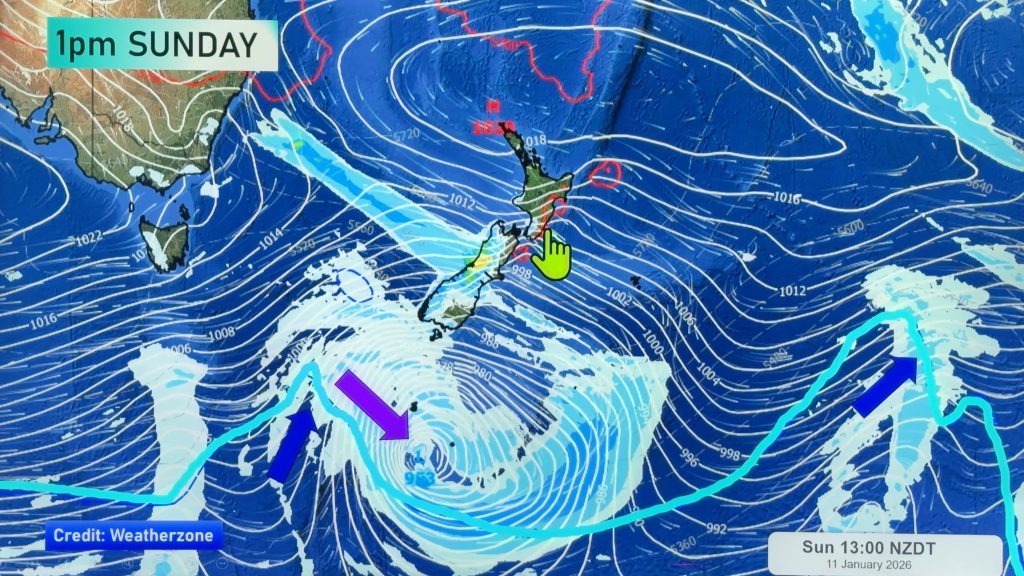NASA: Hottest June on record continues 14-month global heat wave, NZ mentioned (+Video)
20/07/2016 2:58am

> From the WeatherWatch archives
The first six months of 2016 were the hottest ever recorded, NASA announced today, while Arctic sea ice now covers 40% less of the Earth than it did just 30 years ago.
Temperatures were on average 1.3 degrees Celsius (2.4 degrees Fahrenheit) higher than average between January and June this year, compared to the late nineteenth century.
In total, the planet has now had 14 consecutive months of the hottest temperatures seen since records began in 1880, the U.S. National Oceanic and Atmospheric Administration (NOAA) said.
Australia, the United Kingdom, Hong Kong and Spain were some example of places where temperatures soared more than a degree above average, as New Zealand had its hottest January to June period since records began.
SHRINKING SEA ICE

Sea ice shrunk faster than normal as five out of the six first months of 2016 saw the smallest respective monthly Arctic sea ice extent since satellite records started in 1979.
“It has been a record year so far for global temperatures, but the record high temperatures in the Arctic over the past six months have been even more extreme,” NASA Goddard sea ice scientist Walt Meier said in a statement.
“This warmth as well as unusual weather patterns have led to the record low sea ice extents so far this year.”
The strong El Nino pattern which began in 2015 could not be held entirely to blame, NASA Goddard Institute for Space Studies director Gavin Schmidt said in a statement, as it had already begun to fade by June.
“It is the underlying trend which is producing these record numbers,” Schmidt said.

Many scientists blame the increase in global temperatures on an increased concentration of carbon dioxides in the atmosphere, which surpassed 400 parts per million in May at the South pole.
The increase in carbon dioxide has come party from burning fossil fuels, and has surpassed historic highs in the past decades according to NASA.
– CNN
Comments
Before you add a new comment, take note this story was published on 20 Jul 2016.





Add new comment
John on 20/07/2016 9:47pm
And we can trust NASA/NOAA, yeah right.
Evaluating The Integrity Of Official Climate Records http://realclimatescience.com/wp-content/uploads/2016/07/Evaluating-The-Integrity-Of-Official-Climate-Records-4.pdf NASA has repeatedly altered their own data, making pre-1980 temperatures cooler doubling 1880-1980 warming by altering data.
https://bobtisdale.wordpress.com/2015/06/04/noaancdcs-new-pause-buster-paper-a-laughable-attempt-to-create-warming-by-adjusting-past-data/ Comments from Georgia Tech Climatologist Dr. Judith Curry. The greatest changes in the new NOAA surface temperature analysis is to the ocean temperatures since 1998. This seems rather ironic, since this is the period where there is the greatest coverage of data with the highest quality of measurements – ARGO buoys and satellites don’t show a warming trend. Nevertheless, the NOAA team finds a substantial increase in the ocean surface temperature anomaly trend since 1998…The global surface temperature datasets are clearly a moving target. So while I’m sure this latest analysis from NOAA will be regarded as politically useful for the Obama administration, I don’t regard it as a particularly useful contribution to our scientific understanding of what is going on.
https://science.house.gov/sites/republicans.science.house.gov/files/documents/HHRG-114-SY-WState-JChristy-20160202.pdf I am John R. Christy, Distinguished Professor of Atmospheric Science, Alabama’s State Climatologist and Director of the Earth System Science Center at The University of Alabama in Huntsville. I have served as Lead Author, Contributing Author and Reviewer of United Nations IPCC assessments, have been awarded NASA’s Medal for Exceptional Scientific Achievement, and in 2002 was elected a Fellow of the American Meteorological Society. It is a privilege for me to offer my analysis of the current situation regarding the temperature datasets used to study climate.
https://bobtisdale.wordpress.com/2016/07/19/june-2016-global-surface-landocean-and-lower-troposphere-temperature-anomaly-update/ Even though the changes to the ERSST reconstruction since 1998 cannot be justified by the night marine air temperature product that was used as a reference for bias adjustments (See comparison graph here), and even though NOAA appears to have manipulated the parameters (tuning knobs) in their sea surface temperature model to produce high warming rates (See the post here), GISS also switched to the new “pause-buster” NCEI ERSST.v4 sea surface temperature reconstruction with their July 2015 update.
Reply